by Sid Fleischman
My students were outraged when they read that when the Prince was naughty, another boy was spanked in his place. They quickly grasped that the Prince could misbehave with impunity. Misbehaving was the Prince’s favorite past time. Finally, the Prince became bored with his game of misbehaving and watching Jemmy, his whipping boy, being beaten in his stead.
The Prince devised a plan to run away and forced Jemmy to go with him. At this point, my students were divided. One group of students felt strongly that Jemmy should abandon the Prince to his fate. A smaller group believed that Jemmy should help the Prince survive even though the Prince may not deserve help.
The Prince and Jemmy were kidnapped and ill-treated by a band of brigands. They escaped, suffered from hunger and other hardships, and the Prince received a harsh lesson in medieval life. Naturally, the Prince had a change of heart and mended his ways.
In spite of the predictability of the outcome of “The Whipping Boy”, the story is engrossing, well written, and won the Newbery Medal. The “Whipping Boy” reminds me of Mark Twains’ “The Prince and the Pauper”. Although in Twains’ story, the poor boy gets to stay behind at the castle and enjoy the Prince’s life instead of going with the Prince on his adventure.
Whipping boys were actually used during medieval times for princes and princesses. The child being whipped was rarely a commoner, though. Often the child chosen as a whipping boy or girl would be the son or daughter of minor royalty as the position was considered to be an honor.
Sid Fleischman is the father of Paul Fleischman, also a Newbery winning author.
Lesson plans can be found at:
http://home.olemiss.edu/~adrobb/lesson10.htm
Wednesday, April 4, 2007
Subscribe to:
Post Comments (Atom)






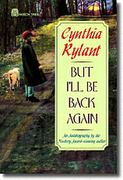







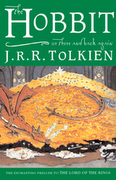

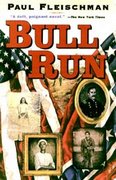





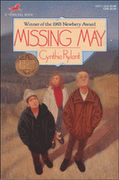
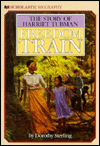






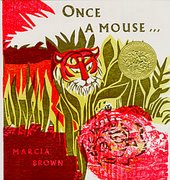
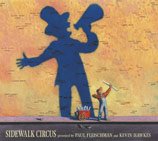



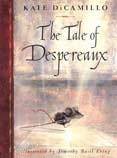






No comments:
Post a Comment